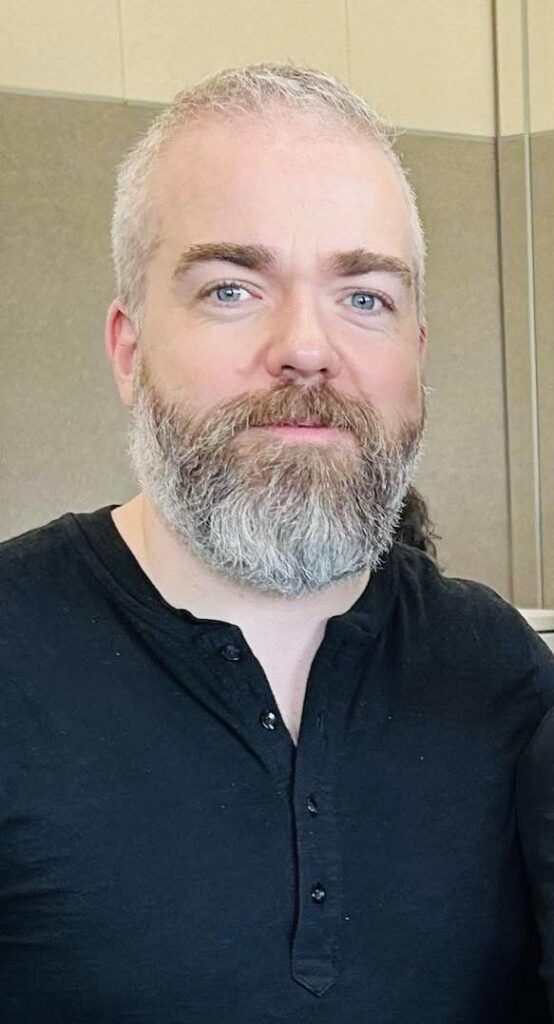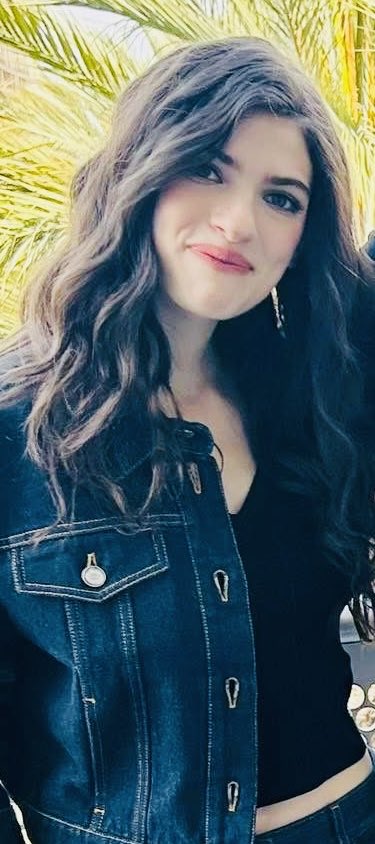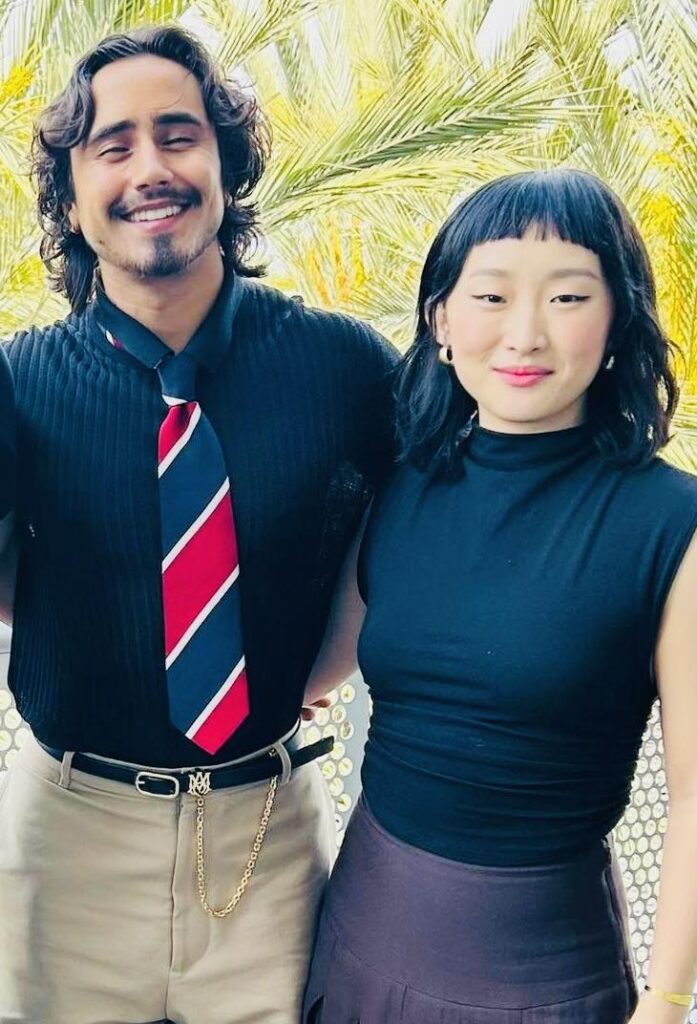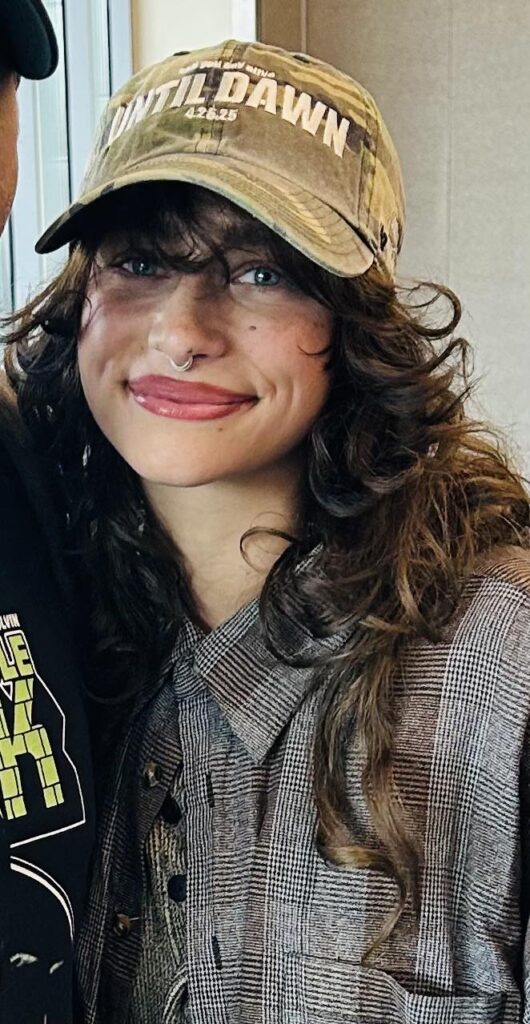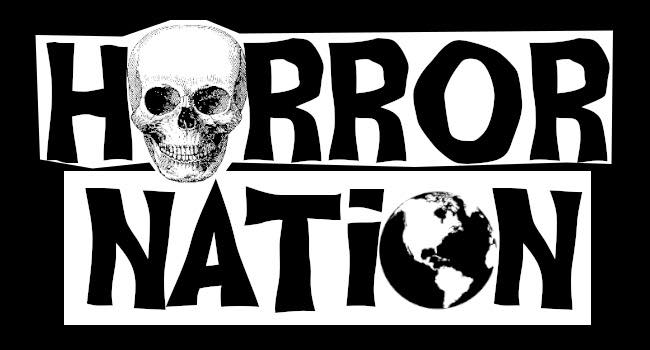A Round Table Chat with Cast & Crew
By Mike Lera
Throughout the century, some of the best books, folklore, short stories, stage plays, radio shows, TV series, graphic novels, comics and even toys and board games have been made into some of the most terrifying horror movies.
Until Dawn, an interactive horror video game, is yet another prime example of non-cinematic media adapted into film – the popular art of “virtual play” once again shifted from computer screen to the big screen!
Directed by David F. Sandberg (Lights Out, Annabelle: Creation, Shazam), Until Dawn is a new survival “practical effects” horror movie based on the 2015 “decision-based” video game created by Supermassive and tells the story of Clover (played by Ella Rubin) and her friends visiting a remote mining town called “Glore Valley” in search of her sister who went missing one year ago. While investigating an abandoned guest hub, the friends are suddenly stalked by a masked psycho, all brutally killed one-by-one – including our protagonist! Ah, but just when we think the story’s over, we find the team awakening back to the beginning of the same evening, mysteriously and supernaturally forced to relive the night over and over again in which they are killed over and over again, each time facing a different horror subgenre – slasher, paranormal, body, beast, torture, zombie, goth, monster, etc. – each category more horrifying than the last. The group becomes more and more physically and psychologically drained as they continue, discovering that they have only so many “lives”, and if they are to escape this Twilight Zone-esque nightmare, they must survive until dawn!
At the recent Wonder Con 2025 (Anaheim, CA), Horror-Nation was fortunate to attend a round table press meeting with Until Dawn’s cast and crew, gathering insights into the making of the movie and their take on today’s video game phenomenon.
The following interview includes David F. Sandberg (director/co-producer), Gary Dauberman (co-writer/co-producer), Ella Rubin (“Clover”), Odessa A’zion (“Nina”) and Belmont Cameli (“Abel”).
Horror-Nation (to Sandberg): How was working on Until Dawn different from other projects you’ve done before?
David F. Sandberg: It was difficult – like making six or seven movies all at once, because you’re dealing with all kinds of different subgenres. It’s a very ambitious movie, and because I’m an old school horror fan, I wanted to do practical effects with latex, blood, gore, monsters, all that. But I soon realized why a lot of movies are not made that way anymore – it is such a challenge! You only get one shot at it when filming. But we did it! And got to do some really cool stuff.
Horror-Nation: It’s been a while since you’ve made a horror feature. What was the transition like in returning to this genre?
DS: It’s like being back home again. But even during the Shazam movies, I’ve made short horror films with my wife, so I’ve kept myself in that world. After Shazam 1 I wanted to do another horror movie, but we had to do Shazam 2 before my kids grew up, so I was like “Aaagh!” So now it’s the right time to get back into it.
Horror-Nation (to Dauberman): The Until Dawn video game, like a lot of other forms of pop culture media, has a large fan base and cult following. Tell us about the difficulties in writing UD while trying to remain faithful to the game’s content and storyline for its loyal followers.
Gary Dauberman: It was a painful process, lots of trial and error, lots of banging my head on the keyboard. But I’m a gamer and a huge fan of the video game, and because the game itself is already a cinematic experience, it was all about finding elements of it that I truly loved – all the subgenres – and putting those pieces into a blender and expanding on the storyline.
When writing something like this, you need to cast a wide net to general audiences, but you also don’t want to throw out elements about the material that work – because they work for a reason.
Horror-Nation: (to Rubin): As the lead actress in an ambitious, multifaceted project such as Until Dawn, tell us about the physical demands in working on this film.
Ella Rubin: The physical and mental stress were greater than I had ever expected. I trained with someone who had me run on a treadmill while screaming, and in just about every scene I’m either fearful, or upset, or crying, and so when you work yourself up for this, all of it sort of hangs on you when you go home. So I had to work on letting it all go because I would end up getting consistently panicked. I became close with my co-stars and friends on the set and so they were incredibly instrumental in me not losing my mind.
Horror-Nation (to Cameli): How familiar were you with the Until Dawn video game before making the movie?
Belmont Cameli: I’m not a big gamer, but I knew about Until Dawn when I first read the script, and knew it was a big deal. When I got the part, my buddies in the PlayStation community were stoked and immediately started texting me about what endings they got and other stuff only gamers would get – it was exciting!
Horror-Nation (to A’Zion): What was it like working with David?
Odessa A’Zion: He knows exactly what he wants and is super involved. Sometimes if you’re like, “I don’t feel this is gonna work”, he’ll say, “Just do it – trust me.” And when you do what he says and see the movie, you’re like, “Holy crap – it freakin’ works!”
He’s also a great artist and illustrator, and he would draw these incredible art pieces for us during table reads.
Horror-Nation (to Rubin): What are you hoping that audiences will understand or take away from your character in this film?
Ella Rubin: I hope that I did my best to depict someone lost in grief and is somehow a “connector” with audiences. Because the film and video game are in the same universe and the movie has a different set of characters and circumstances, my hope is that I’ve helped to create a fun, new version of a familiar world that loyal fans would appreciate.
